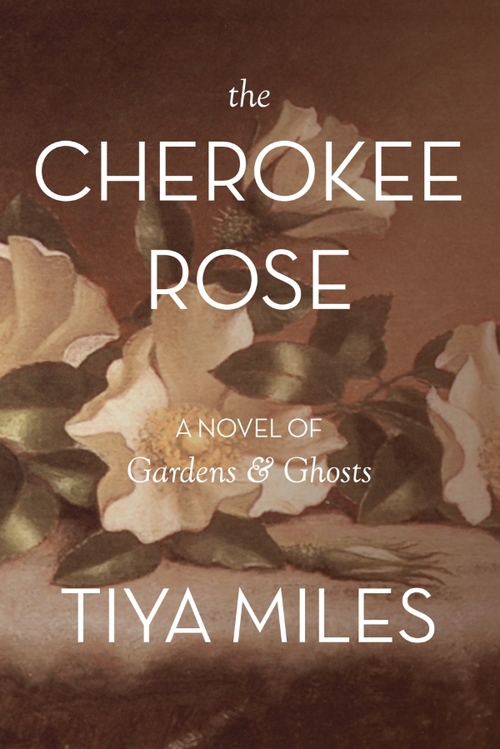Obama’s MotherPosted in Articles, Barack Obama, Biography, Media Archive, Politics/Public Policy, United States, Women on 2015-04-21 00:50Z by Steven |
Books & Ideas
2009-05-20
The American presidential election was won by a woman: Stanley Ann Dunham. Born in 1942, she died of cancer in 1995, shortly after turning 52, and thus without having seen her visionary dream realized: the election of her son, Barack Hussein Obama, as 44th President of the United States.
The male name was imposed on her by Stanley Dunham, her father, who would have preferred a boy. As the only child of Stanley and his wife Madelyn Payne, Stanley Ann was nonconformist young girl and a solitary mother, convinced that she could raise her children in a way that would prepare them for a new world, globalized and multicultural, a world that certainly didn’t exist in her daily life as a middle-class girl in an anonymous little town in Kansas. Barack – or Barry, as she called him – is her creation, the fruit of a patient, attentive and loving education that was the commitment of her life, as she saw in her two racially mixed children the reflection of a better future, one in which the warm commingling of blood pacifies the false oppositions and odious attachments, the “unreal loyalties”, as Virginia Woolf called them, that reassure us in the desperate need for social identity to which our species falls prey.
When Barack Obama was born on August 4, 1961, he was still considered in half the American states the criminal product of miscegenation, or the interbreeding of races, a heinous biological hybrid whose existence simply wasn’t taken into consideration while those who committed it were punished with incarceration. Today it is a hard-to-pronounce word that was coined in the United States in 1863, with a specious Latin etymology, from miscere (mix) and genus (race), to indicate the supposed genetic difference between whites and blacks. The question of miscegenation became crucial during the Civil War and subsequent emancipation of the slaves. It was fine to grant civil rights to non-whites, but to allow intimate relations between whites and blacks was another story. The term appeared for the first time in the title of a pamphlet published in New York, Miscegenation: The Theory of Blending of the Races, Applied to the American White Man and Negro, in which the anonymous author promoted the idea of racial mixing as the project of the Republican Party, which supported the abolition of slavery. By encouraging the interbreeding of whites and blacks, racial differences would be progressively attenuated until they disappeared altogether. It was soon discovered that the pamphlet had been created by the Democrats in order to frighten American citizens faced with the intolerable Republican project of encouraging racial mixing. The crime of miscegenation was definitively abolished in 1967, when the U.S. Supreme Court ruled the anti-miscegenation laws to be unconstitutional in response to Loving v. Virginia, a case in which a racially mixed married couple was sentenced to a year in prison – with the sentence suspended for 25 years on condition that the couple leave the state of Virginia – for having been found in bed together under the same roof. The marriage certificate hanging above the nuptial bed wasn’t considered valid by the police – who, armed with rifles, broke down the entry door and beat the humiliated couple – because it was obtained in another county, one in which miscegenation wasn’t illegal. This occurred in 1959, and the couple had to wait eight years for the moral indecency of their ordeal and their own innocence to be recognized.
One must try to imagine that America in order to understand the courage of Stanley Ann, who was 18 years old and 4 months pregnant when she married the brilliant young Kenyan student Barack Obama Sr., the first African to be admitted to the University of Hawaii. He was 25. He’d arrived in Hawaii in 1959 thanks to a scholarship from the Kenyan government, which was also sponsored by the United States to help some of the more gifted African students get an education at an American University so they could return to their native country and become part of a new, competent, modern elite…




